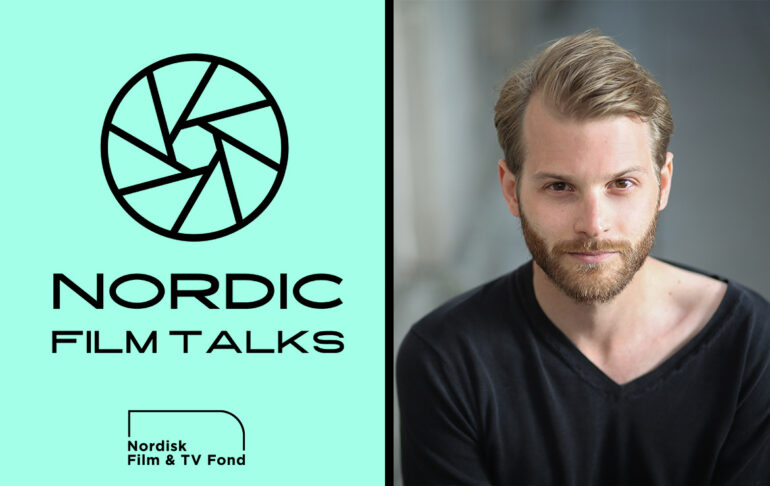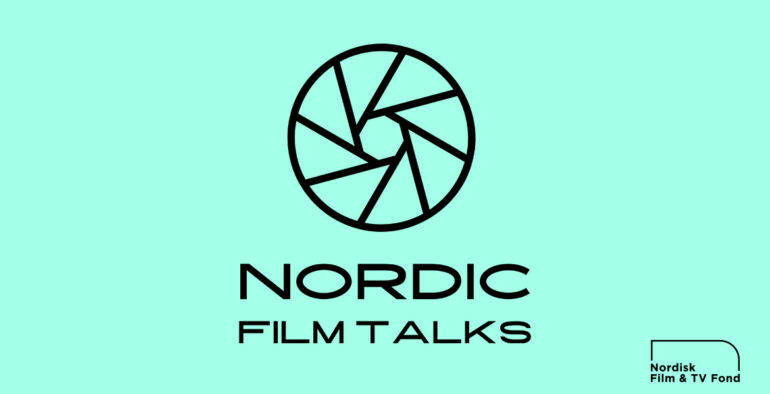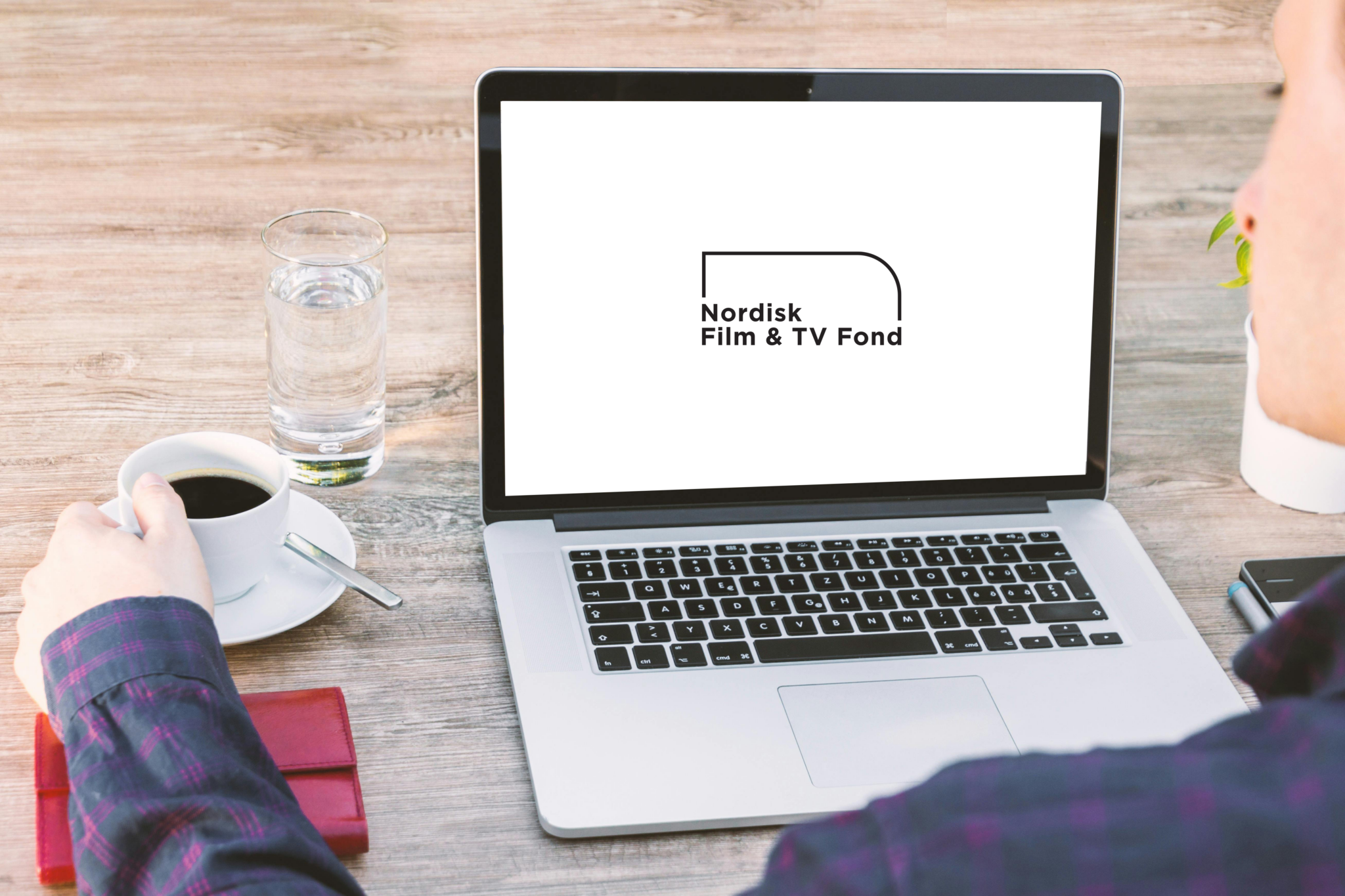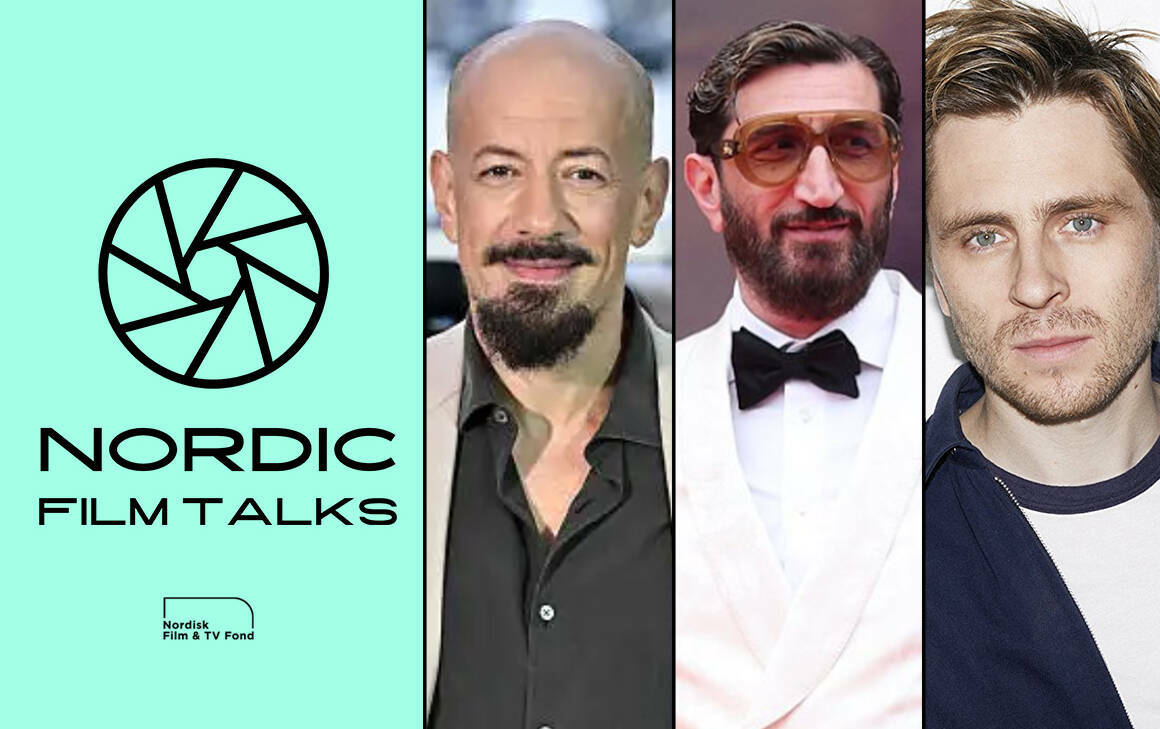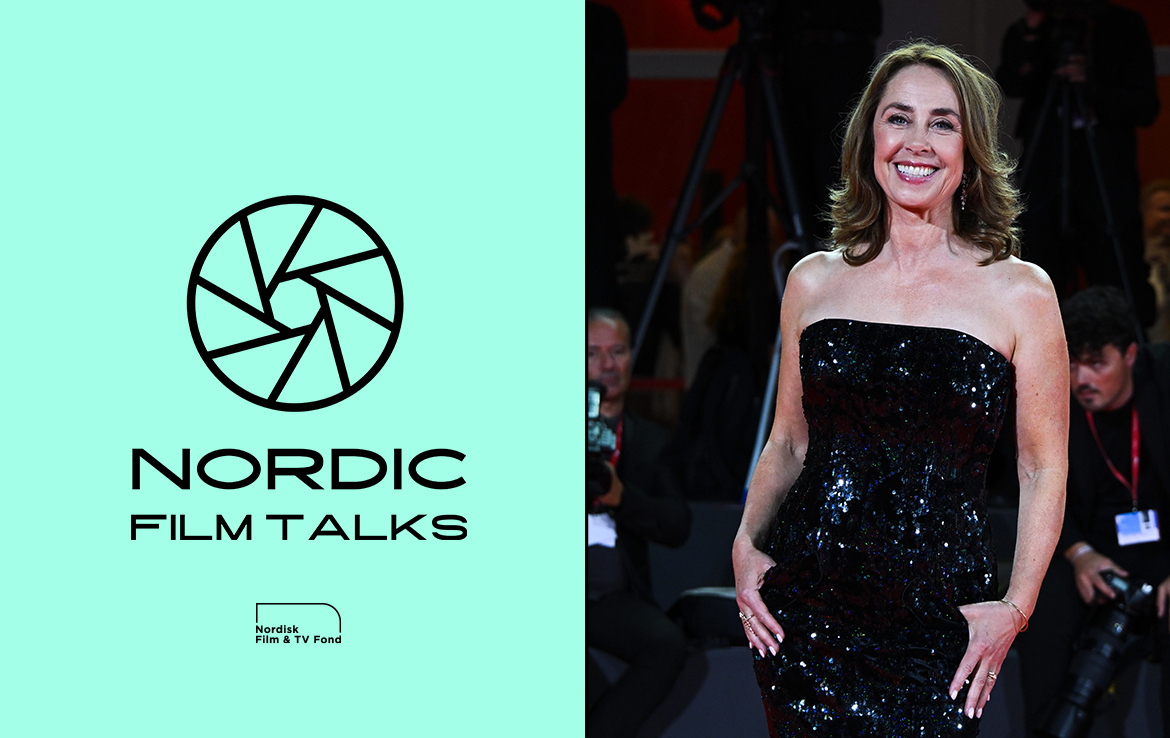
WRITTEN BY: Wendy Mitchell
The Swedish writer/director found a very contemporary, personal angle to the theme of the unwanted in his Cannes Competition film.
Swedish-born, Poland-based filmmaker Magnus von Horn knew his third feature, The Girl With The Needle (Pigen med nålen), shouldn’t be a typical biopic of the Danish criminal Dagmar Overbye. “I wanted to approach that crime by inventing a main character that is not the perpetrator, but a person that meets this evil person…It's also about society and what that crime meant to society, where it comes from. It's not an isolated event, it's an answer to a call from society. We follow in this film a very poor woman who tries to make a better life for herself. This other woman has a solution to all her problems in a way, but it's almost like making a pact with the devil.”
Karoline (Vic Carmen Sonne) is a young factory worker who is struggling to survive in post-WW1 Copenhagen. When she finds herself unemployed, abandoned and pregnant, she meets Dagmar (Trine Dyrholm), a charismatic woman running an underground adoption agency and hiding a dark secret.
The film was inspired by the true story of Overbye, a woman still infamous in Denmark for her crimes (which this article and podcast don’t spoil).
Von Horn co-wrote the script with Denmark’s Line Langebek and decided to make the fictional Karoline, not the real-life Dagmar, their main protagonist. “Looking for love in all the wrong places is a universal story,” says von Horn.
Langebek had originated the idea to tell Overbye’s story, and pitched it to producer Malene Blenkov at Nordisk Film (Blenkov now works at the Danish Film Institute as Head of Fiction), and brought on Polish producer Mariusz Włodarski of Lava Films, von Horn’s long-time collaborator on his past features The Here After and Sweat.
Co-producers are Lava Films, EC1 ŁÓDŹ, Lower Silesia Film Centre, Film i Väst and Nordisk Film Sweden; financial backing comes from Danish Film Institute, Polish Film Institute, Swedish Film Institute, Eurimages, Nordic Film & TV Fund, Creative Europe MEDIA, DR, SVT.
The Match Factory handles international sales on the Cannes Competition title, which premieres on May 15.
Von Horn was born in Gothenburg, Sweden, and has lived in Poland for nearly 20 years after attending the Polish National Film School in Lodz (he teaches there now).
A strong theme in The Girl With The Needle is “the unwanted of all ages – the unwanted people, unwanted children, the unwanted of society.” Von Horn found contemporary reflections of these themes in Poland’s recent reproductive rights debates and a difficult personal experience with his wife.
“I want to use the past in this film to also speak about something today. What we can do with that is to create an exaggerated version of our society today. Using these extreme cases in the film is also a way to draw attention to our discussion today without making a contemporary film,” he explains.
It took von Horn several years of research, writing and thinking to get under the skin of Karoline – “she's in one way a victim, a lot of bad things happen to her. But the trick is for me how to make her into an active main character. She's putting herself in the spots and in the situations.”
The director’s Danish-language skills improved during the making of the film, and the actors also helped him with any language nuance he needed. Plus, as he recalls of his early days living in Poland not speaking Polish yet, “there is something universal about emotions and melody as people speak.”
Of working in the Danish language for the first time, he adds, “It’s liberating in a way because when I direct in Swedish, I focus very much on language, words.” Shooting in Danish meant his lead actresses “step in and they tell me if something is off – they take responsibility.”
The casting of Vic Carmen Sonne and Trine Dyrholm was pivotal for those reasons and more.
Although Carmen Sonne has impressed in contemporary roles like in Holiday, von Horn says, “she feels very credible for me as a factory worker in 1919 in Copenhagen. She has something of that in her nature and in her visuals and appearance and behavior. She's unpredictable.” The actress was also very useful “introducing me to other creatives in Denmark, and she read a lot of the script versions while I was writing and developing the story.”
Von Horn also met with Dryholm very early in the process. “Trine is so professional and experienced. I could feel that she would do an interesting Dagmar even from the first meeting.” He recalls a moment when Dyrholm was “teasing” him at that early meeting, playing with a toothpick, “she was giving me a piece of something of a maniac, a little window into something that I really liked – I knew that she would do something great. I knew she was building something to balance the nice lady with something darker, and how to play that game with the audience, because the story uses that.”
Poland proved to be the perfect place to find the look of 1910s industrial Copenhagen for The Girl With The Needle, which is shot in black-and-white. The film shot for 30 days in autumn 2023, a bit in Western Sweden but mostly in Poland, at a studio and on location in Lodz, and also across Wrocław, Bystrzyca Kłodzka and Kłodzko.
They were able to stretch their budget further shooting in Poland but he also adds for the film’s period accuracy “we would also find better locations here – narrow streets and buildings leaning over. It's also a way for me to work so I can engage all my creative crew I have here that I like to work with. In the end [we wanted] to get the most image out of the money.”
The team gave themselves some freedom with historical accuracy – “We didn’t care if these window frames come from that time or those doorknobs. It was more about, ‘does this feel old? Does this feel dirty? Does this feel poor? We wanted to exaggerate things as well.”
Listen to the full podcast below where von Horn goes into much more detail about the “deep fear” he can feel during casting; why he and DoP Michał Dymek fought to shoot in black-and-white to “make a journey in time for the audience” to show the era’s grime and poverty; and how he worked with Danish experimental musician Frederikke Hoffmeier (aka Puce Mary) on the unsettling score.
Listen to the podcast here:
The Nordic Film Talks is available for free on Nordisk Film & TV Fond’s website’s Industry Insight section (CLICK HERE) and distributed through major podcast platforms including Spotify, Apple Podcasts, iHeartRadio, Amazon, Castbox, Deezer, Podcast Addict, Podchaser and JioSaavn.
